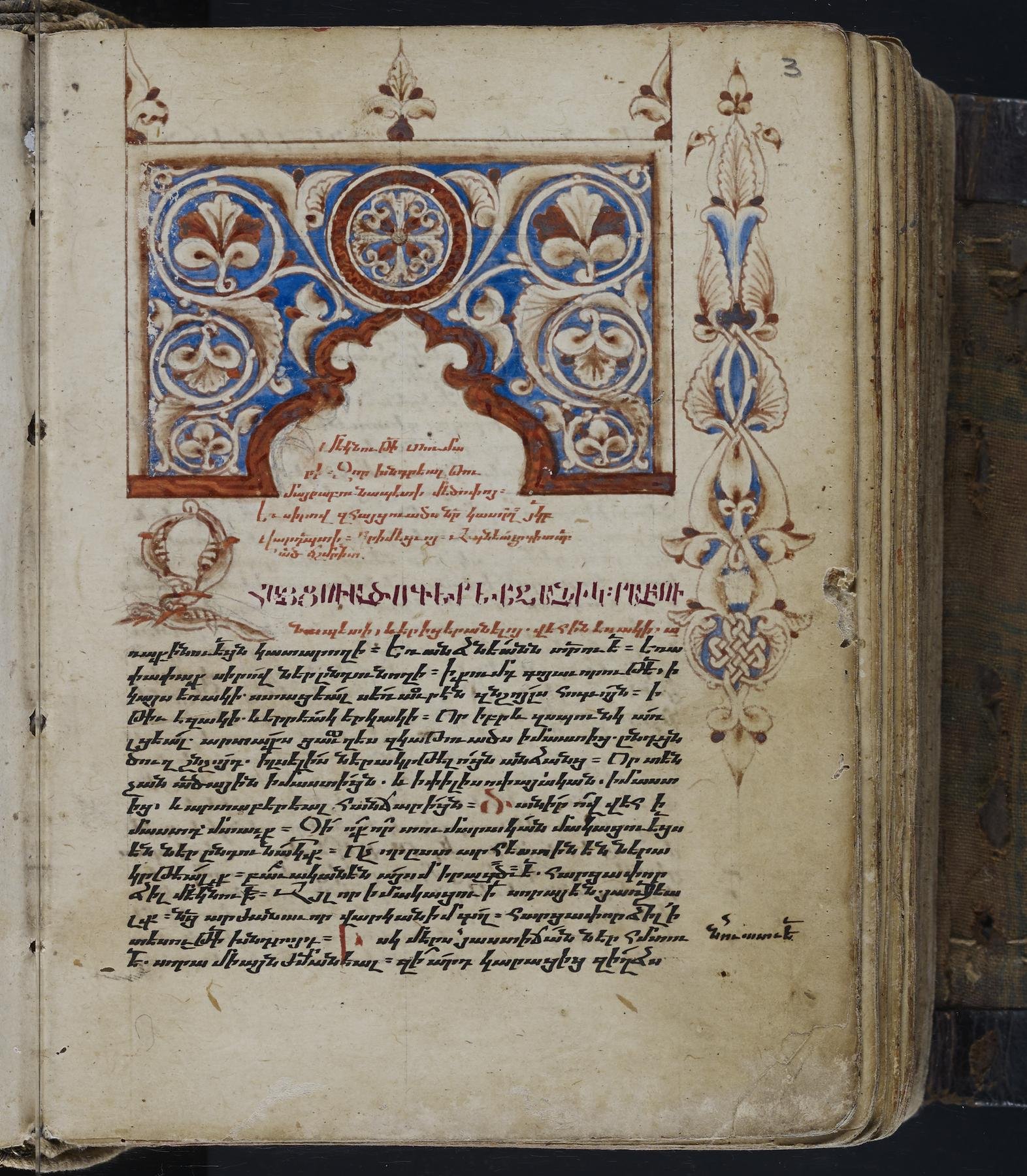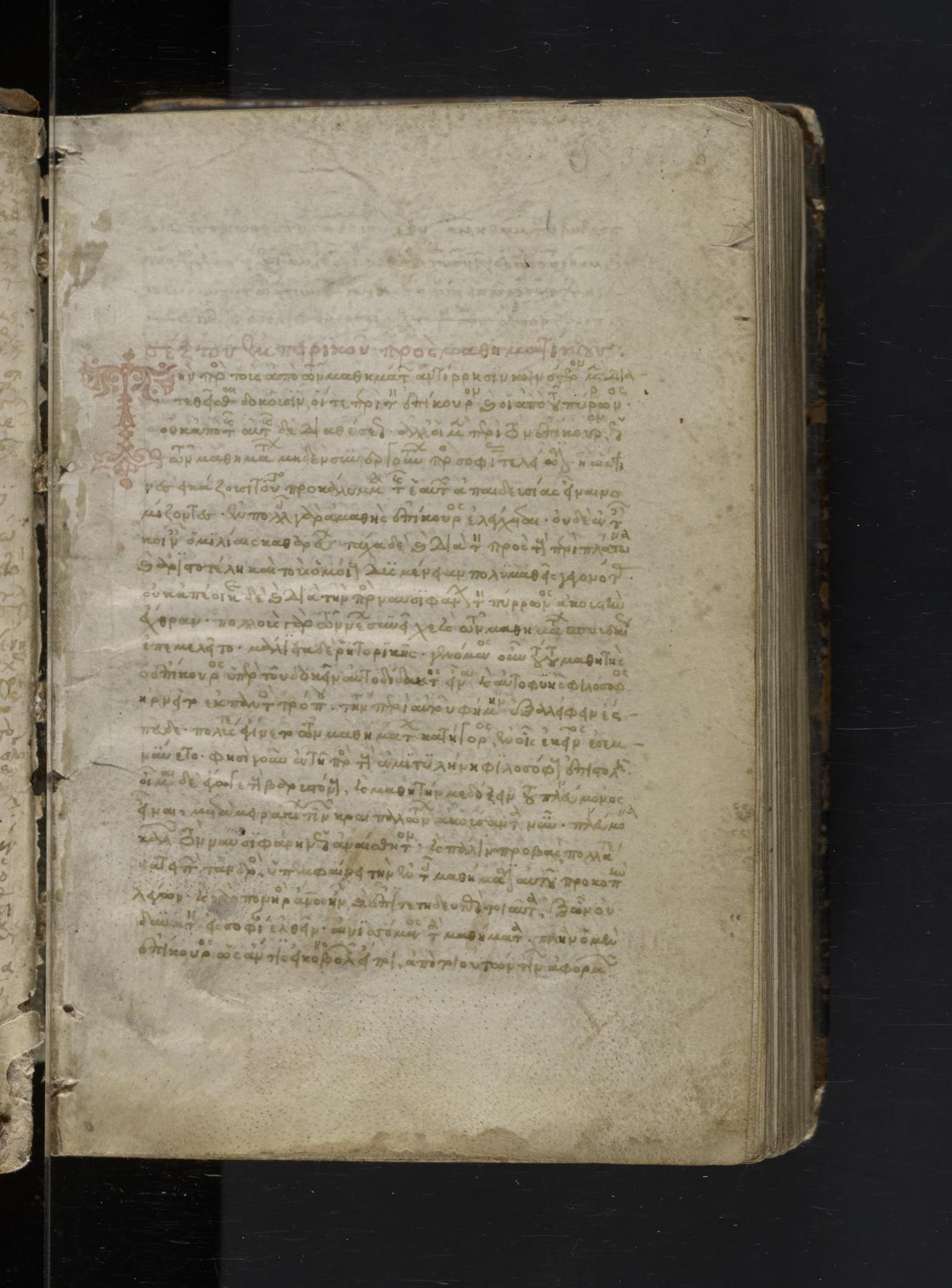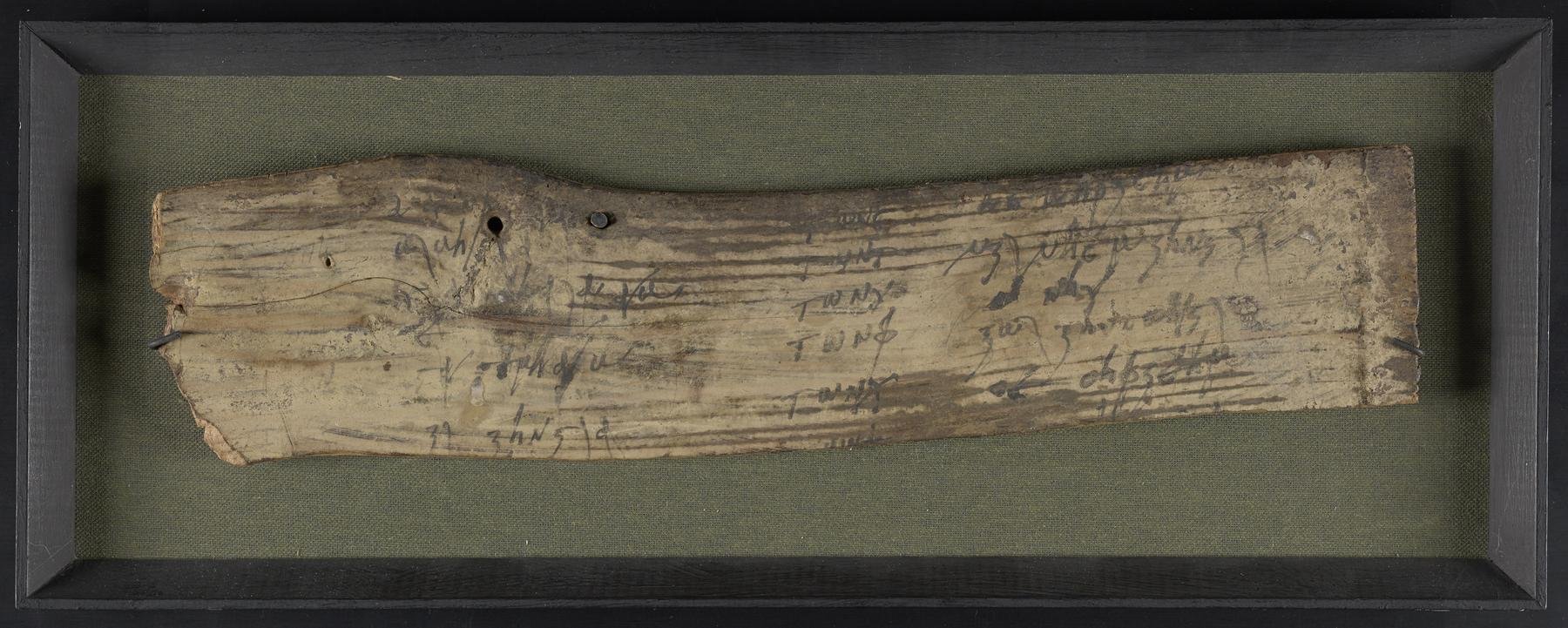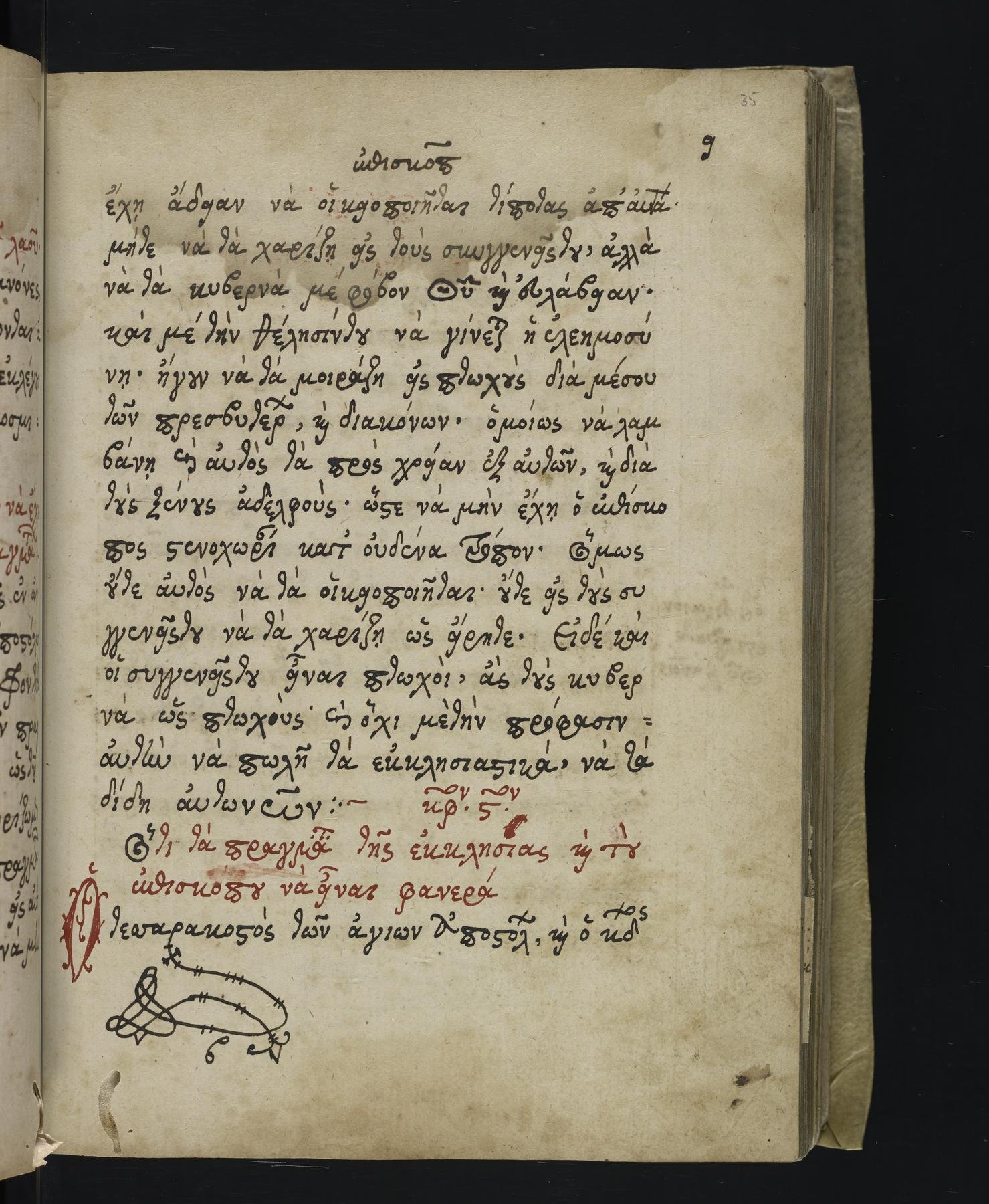Learning
Beginning the educational story, let’s imagine what it would be like for a young boy learning in Byzantium. The humble mathematical wood tablet from Late Antiquity documents the teachings of a student - similar to the flashcard we commonly use. The act of documenting, whether it was through illustrating, writing, or verbal transmission, is essential to continuing practices and traditions and advances the narrative of science and history. Schools could only be attended by elites’ children and highly wealthy families, essentially the <1%. Literacy, rhetoric, Christianity, philosophy, law, math, science, and art were taught to these students in schools. Byzantine’s elites and rulers often focused their attention on advancing society towards a more morally reflective one in accordance with the church. There are thousands of written manuscripts throughout the history of Byzantium that outline rules and principles for the church and its peoples in hopes of strengthening the community's bond with Christianity and themselves. Help bridging the connection of Byzantium people to the natural world came in the form of cataloging plants and their medicinal uses and creating practical guides that can be relied upon for its resources on healing and nourishment as well as a better understanding of medical processes. Tying everything together, these objects offer us a glimpse into the diverse Byzantium teachings of, intertwined faith, canon law, education, advanced medical practices, as well as different manuscripts and illustrations that reflect depth in knowledge in this elite cultural era.
—Winton Petty & Teni Real





